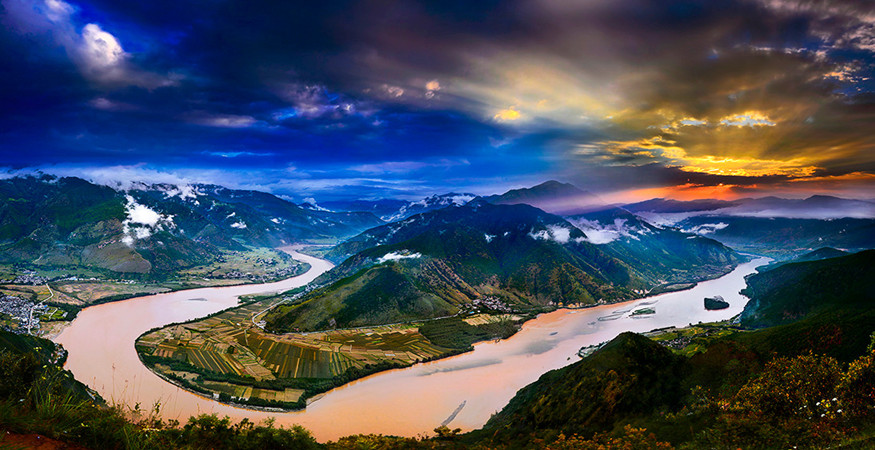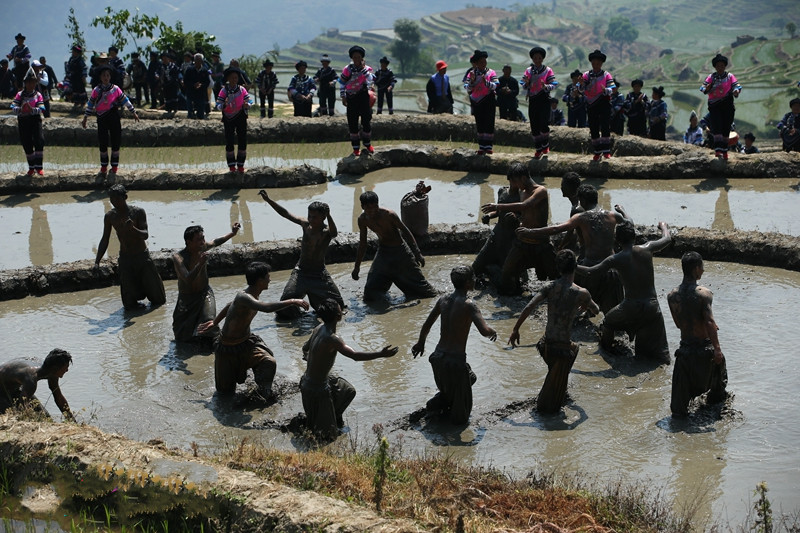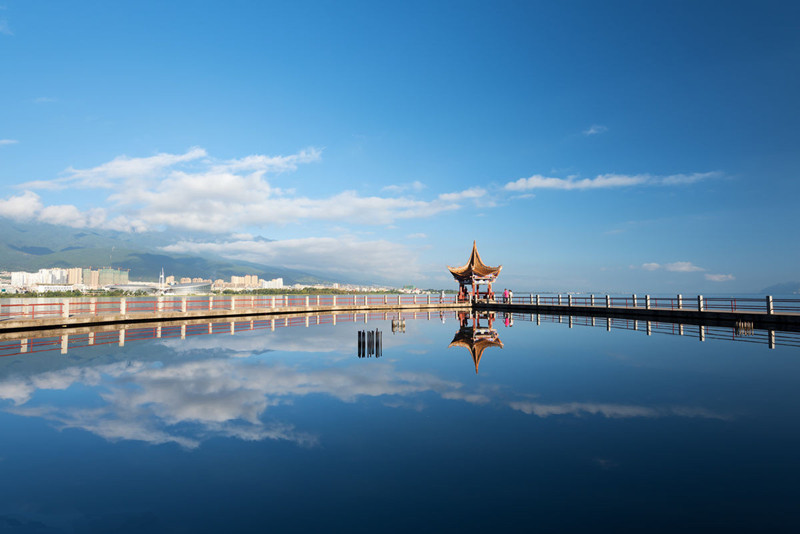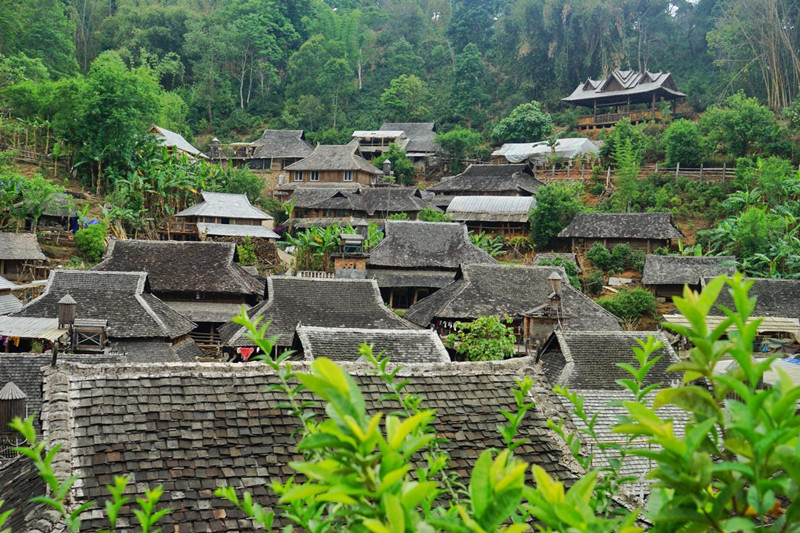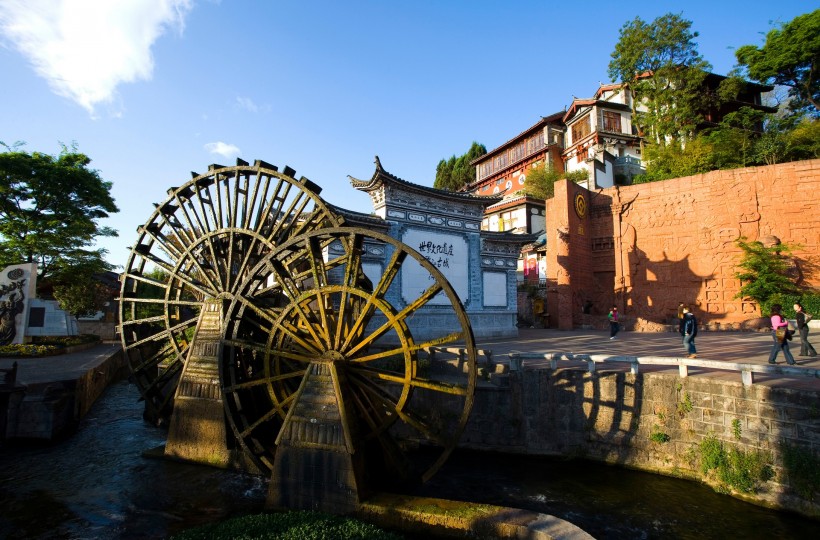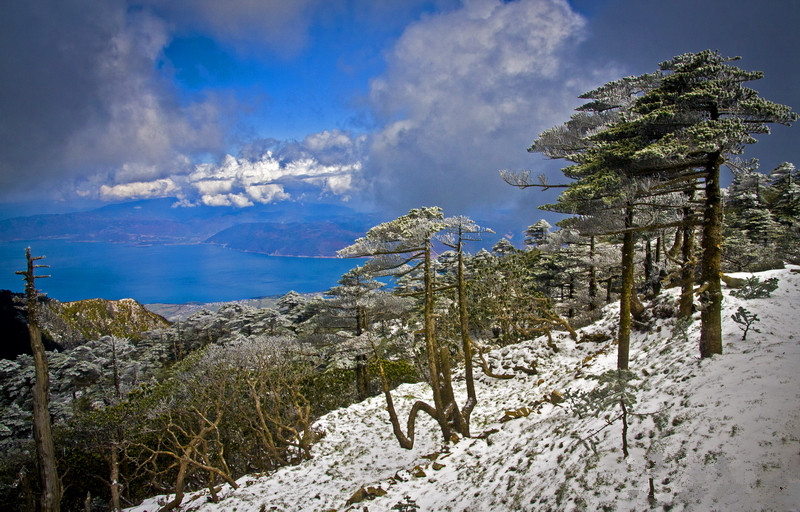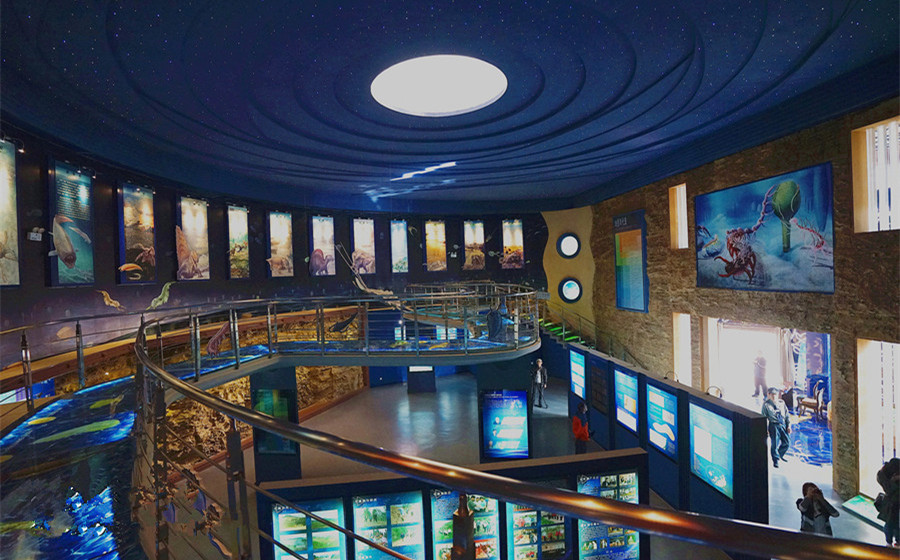
UNESCO World Heritage Sites in Yunnan
Yunnan, known for its beauty and stunning nature landscapes as well as unique ethnic minorities, has attracted many visitors to explore the region. When you travel to Yunnan, 5 famous tourist attractions that listed as the World Heritage Sites are recommended to you.
UNESCO World Heritage Sites in Yunnan
Up to now, Yunnan has five UNESCO World Heritage sites; 3 natural, 2 cultural plus 2 additional location on the tentative list. Being famous and regarded as world heritage, those destinations are the must visit places during your Yunnan Travel.
3 Natural World Heritage Sites in Yunnan
South China Karst & Stone Forest – Natural World Heritage Site since 2007
Yunnan Shilin Karts is one of the represents world’s most spectacular examples of humid tropical to subtropical karst landscapes. Yunnan Shilin Karst or also known as Stone Forest National Park is located in Shilin Yi Autonomous County of Yunnan Province, 80 kilometers southeast of Kunming City. It covers 350 square kilometers and consists of Major Stone Forest, Naigu Stone Forest, Changhu Lake, Grand Waterfall, and others. Walking through the Stone Forest, you will find the magnificent, strange and authentic landscape when explores its fascinating nature stone forest.
Three Parallel Rivers Natural Reserve – Natural World Heritage Site since 2003
Three Parallel Rivers Natural Reserve is a UNESCO World Heritage Site, a nature reserve extending over 170,000 km2 within the undulating mountains of northwest Yunnan Province. It is the combination of seven geographical features over eight geographic regions. It is also the inhabiting place of 16 ethnic groups. Different nationalities, languages, religions and customs co-exist, making it a special and unique region rarely seen in the world. Join our Three Parallel Rivers Tours to appreciate the magnificent scenery and discovery the ethnic culture.
Chengjiang Fossil Site – Natural World Heritage Site since 2012
The Chengjiang Fossil Site at Maotianshan Hill (some 80 km southeast of Kunming City) is known for the well-preserved fossilized organisms and traces. The most famous group of organisms is referred to Chengjiang biota for the multiple scattered fossil sites in Chengjiang.
2 Cultural World Heritage Sites in Yunnan
Lijiang Ancient Town – Cultural World Heritage Site since 1997
Yunnan’s first UNESCO rated area is the Old Town of Lijiang. Lijiang old Town is officially called “Dayan Town”, it is a well-preserved Naxi ancient town, listed as UNESCO World Heritage site in 1997. It is one of the four best-preserved ancient cities in China. The unique geographical location, historical background and multiracial inhabitants make it one of the most popular travel destination in China.
Honghe Hani Rice Terraces-Cultural World Heritage Site since 2013
The newest and most spectacular Yuanyang Rice Terraces, was listed as the World Heritage Site since 2013. It now forms the 45th World Heritage Site in China. It is well known for its amazing rice terraces. Visitors are fascinated especially by the sunrises and sunsets during winter months. You can join our Yuanyang Rice Terrace Tours to explore its impressive beauty.
2 Locations in Yunnan on UNESCO’s World Heritage Tentative List
A tentative list is an inventory of properties which a state party considers to be cultural and/or natural heritage of outstanding universal value, and therefore suitable for inscription on the World Heritage List.
Jingmai Tea Mountain in Pu’er – Listed on 01.29, 2013
Jing Mai Mountain and its’ wild forest of ancient tea trees are located at the southern tip of the province, equidistant from Laos, Burma and Vietnam. The Bulang and Dai hill tribes have enjoyed the area’s teas for more than 1,300 years. This is one of the world’s tea treasures as it is one of the most well preserved large wild organic tea plantations. Join our Tea Culture Tours to discover the tea culture and minority culture in the famous Puer tea mountain villages.
Cangshan Mountain and Erhai Lake in Dali – Listed on 11.29, 2001
Cangshan Mountain lies west of Dali Ancient City and Erhai Lake and includes 19 peaks and 18 streams. Mt.Cangshan’s 19 peaks extend 50km north to south in their column formation like a screen. The highest peak is Malong Peak with the height of 4,122 meters (13,524 feet). ‘Clouds, Snow, Peaks and Streams’ are four spectacular views of the Mountain.
Erhai Lake (Ear-shaped Sea), known as “Pearl of Plateau”, is the second largest highland lake of Yunnan. Since the lake has a shape of an ear, it gets the name Erhai (Ear Lake). Taking a boat and cycling around the lake are fantastic ways to explore “Silver Cangshan Mountain and Jade Erhai Lake” scenery.

 7 Days GolfingTour
7 Days GolfingTour
 8 Days Group Tour
8 Days Group Tour
 8 Days Yunnan Tour
8 Days Yunnan Tour
 7 Days Shangri La Hiking
7 Days Shangri La Hiking
 11 Days Yunnan Tour
11 Days Yunnan Tour
 6 Days Yuanyang Terraces
6 Days Yuanyang Terraces
 11 Days Yunnan Tour
11 Days Yunnan Tour
 8 Days South Yunnan
8 Days South Yunnan
 7 Days Tea Tour
7 Days Tea Tour
 8 Days Muslim Tour
8 Days Muslim Tour
 12 Days Self-Driving
12 Days Self-Driving
 4 Days Haba Climbing
4 Days Haba Climbing
 Tiger Leaping Gorge
Tiger Leaping Gorge
 Stone Forest
Stone Forest
 Yunnan-Tibet
Yunnan-Tibet
 Hani Rice Terraces
Hani Rice Terraces
 Kunming
Kunming
 Lijiang
Lijiang
 Shangri-la
Shangri-la
 Dali
Dali
 XishuangBanna
XishuangBanna
 Honghe
Honghe
 Kunming
Kunming
 Lijiang
Lijiang
 Shangri-la
Shangri-la
 Yuanyang Rice Terraces
Yuanyang Rice Terraces
 Nujiang
Nujiang
 XishuangBanna
XishuangBanna
 Spring City Golf
Spring City Golf
 Snow Mountain Golf
Snow Mountain Golf
 Stone Mountain Golf
Stone Mountain Golf
